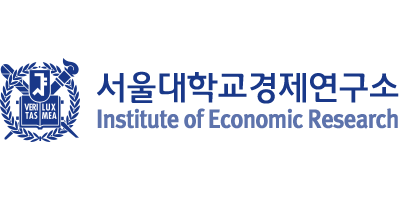146 Kaldor and Kuznets Together in a Three-way Growth-Equity Nexus in Developed and Developing Countries:
- Keun Lee, Juneyoung Lee
- sier_146.pdf
Abstract
This study analyzes the three-way relationship of economic growth and the two aspects of income distribution, namely, functional income distribution (labor income share) and household income distribution (Gini coefficient). It reveals the more serious nature of inequality in developing countries with a lower value of labor share but a higher Gini coefficient in comparison with developed countries, although both groups show a sharp decline of labor share but stable Gini coefficients over time. The study confirms the same three-way relationship in two groups of countries but with several different determinants and the different trends of the key variables. One contribution of such three-way analysis is to find the ‘decoupling’ pattern of the growth-equity nexus, namely decoupling between functional income distribution and household income distribution, as it finds that economic growth tends to increase labor income share but worsen household income inequality. Moreover, for both groups, higher labor income shares and household income inequality lead to a higher rate of economic growth. These findings are indicative of the common growth mechanism driven by skill-biased technical changes. The study also confirms the different determinants of equity. That is, declining labor share and stable Gini coefficients seem to be caused by the slow growth and increasing years of schooling in developed countries, whereas by sharp decreases in fertility rates and government expenditure in developing countries.
Keywords: Income Distribution, Economic Growth, Simultaneous Equations System, Gini Coefficient, Labor Income Share, Kuznets
JEL classification: O11; O15; O47


